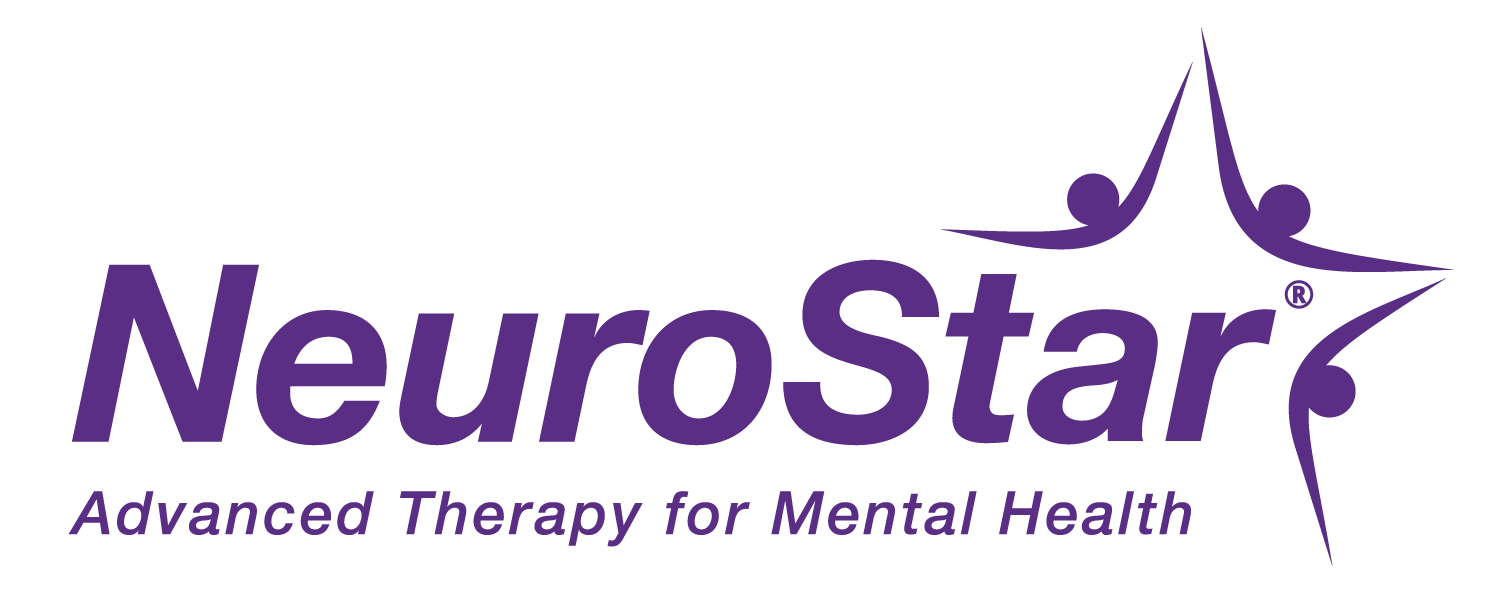Is TMS safe?
TMS is a safe procedure. It is noninvasive, has little side effects, and has 83% response rate. The procedure is performed in-office by certified professionals. Our chosen avenue of treatment, NeuroStar Advanced Therapy, has positive results from two randomized, controlled trials, as well as one large real-world trial.
How frequent are the TMS treatments?
There are typically 36 sessions over the course of treatment. Your first day in the chair will consist of a mapping session, where your provider locates your Motor Threshold, essentially the spot where the electromagnetic pulses will be most effective. After you are successfully mapped, you will immediately have your first treatment session. This first session will take about an hour. For the next 35 business days (Monday through Friday), you will have a 30 minute follow up treatment session. The process will take about six weeks in total.
Does TMS hurt?
There is little pain reported when receiving TMS. Some patients report slight scalp discomfort where the coil rests against their head and may have a slight headache after the first few treatments. Most patients do not report either of these effects. The pulses may feel uncomfortable in that they are a foreign sensation in your brain that you have probably not felt before.
How do I prepare for my TMS treatment?
Little to no preparation is necessary. You should eat, drink, and take your prescribed medications according to your routine. You can pre medicate by taking an over the counter pain medication if you are prone to headaches. You may want to not wear makeup as you will have a thin adhesive strip taped to the forehead. A mirror is provided for patients who wish to fix their appearance after their session.
Will my insurance cover NeuroStar TMS?
Most insurances cover TMS. After your initial TMS evaluation with your provider, the TMS coordinator will work with your insurance to obtain prior authorization. You will know of any financial responsibility (copays, deductibles, etc.) before sitting in the chair. There are also financial assistance programs available as well. For any billing questions, please feel free to reach out to the TMS Coordinator and they will be happy to assist you.
Is NeuroStar TMS the same as ECT?
No, Transcranial Magnetic Stimulation (TMS) is not the same as Electro Convulsive Therapy (ECT.) There are no shocks, zaps, or electrification of any kind involved in TMS.
Do I have to wear a helmet?
SNBCare has partnered with NeuroStar for TMS. Their leading technology in the field allows for a seamless mapping and treatment time without the use of a cumbersome helmet. NeuroStar TMS does not require the use of a helmet. Only a disposable spandex cap is required to be worn at the time of the initial mapping. This cap allows your provider to find the specific area that should be pulsed. Once you are mapped, the cap is no longer required.
Do I need to stop taking my medications to get TMS therapy?
No, it is preferred that you continue to take any medications as part of your current regimen throughout your entire treatment course of TMS.
Is NeuroStar TMS Used To Treat Anything Besides Depression?
TMS is currently FDA cleared for the indication of adults with Major Depressive Disorder (MDD) and as an adjunct for adults diagnosed Obsessive Compulsive Disorder (OCD). We currently only treat MDD, but will soon be expanding as the FDA allows.
How do I find out if I am a good candidate for TMS?
You can reach out to our TMS Coordinators who will walk you through the process and answer any questions you may have. They will help you get started on your journey to mental wellness.
The NeuroStar Advanced Therapy System is indicated for the treatment of depressive episodes and for decreasing anxiety symptoms for those who may exhibit comorbid anxiety symptoms in adult patients suffering from Major Depressive Disorder (MDD) and who failed to achieve satisfactory improvement from previous antidepressant medication treatment in the current episode.
The NeuroStar Advanced Therapy system is intended to be used as an adjunct for the treatment of adult patients suffering from Obsessive-Compulsive Disorder (OCD).
NeuroStar Advanced Therapy is only available by prescription. A doctor can help decide if NeuroStar Advanced Therapy is right for you. Patients’ results may vary.
The most common side effect is pain or discomfort at or near the treatment site. These events are transient; they occur during the TMS treatment course and do not occur for most patients after the first week of treatment. There is a rare risk of seizure associated with the use of TMS therapy (<0.1% per patient).
Visit neurostar.com for full safety and prescribing information.

